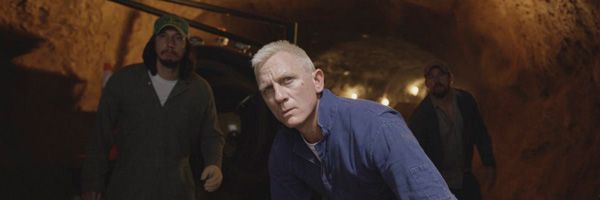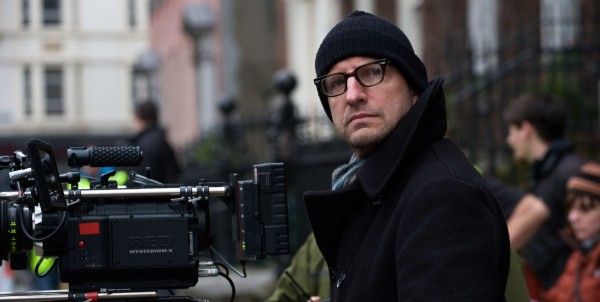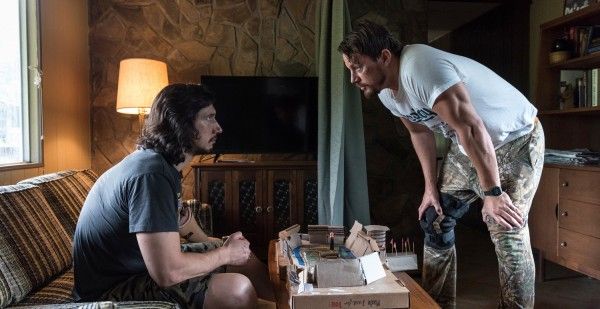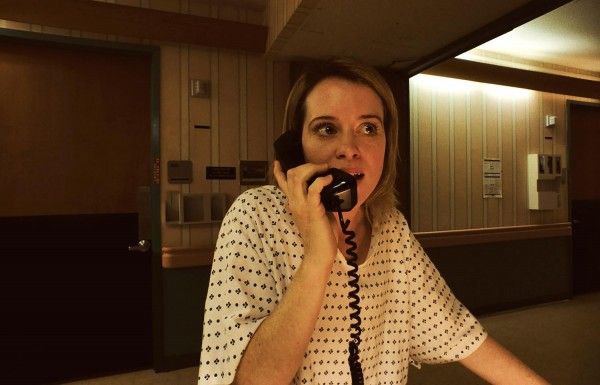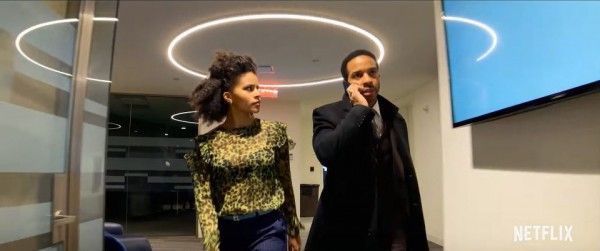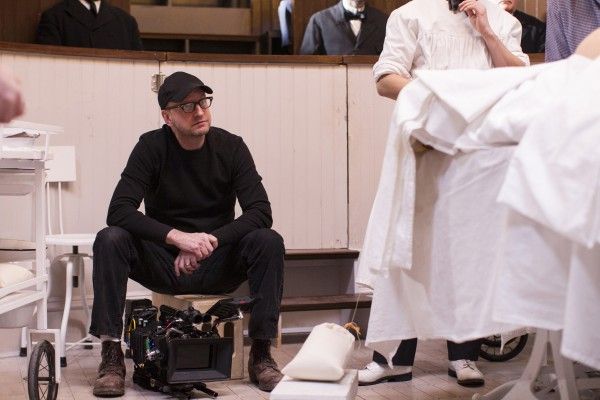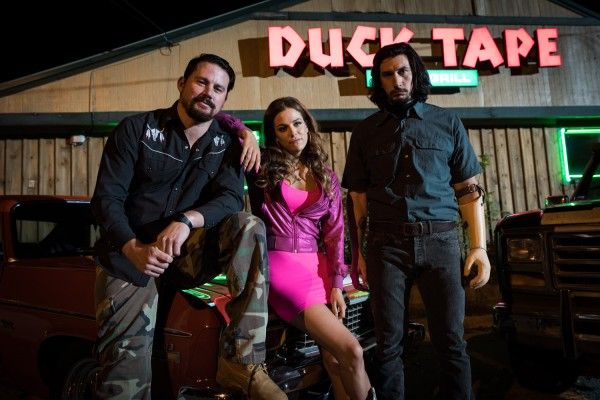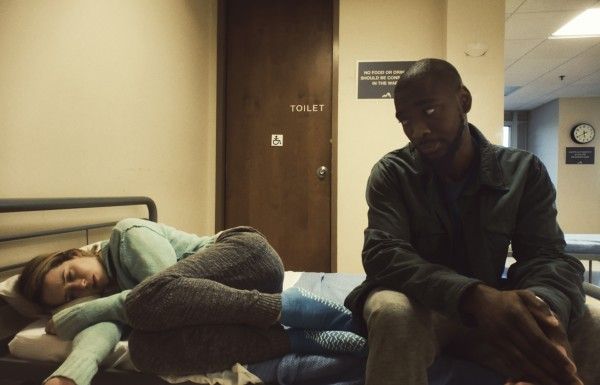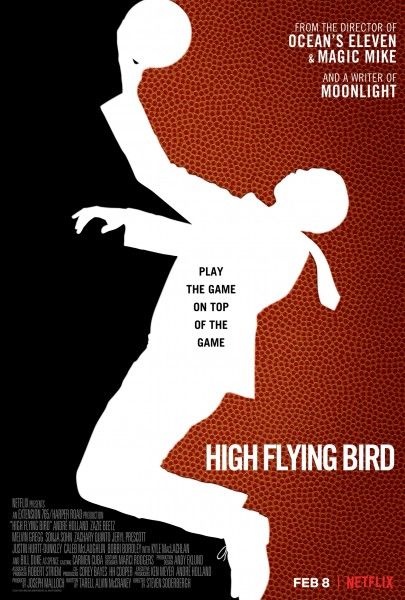Steven Soderbergh has always been a trailblazer. His indie sex, lies & videotape forever changed the Sundance Film Festival 30 years ago, turning it into a hot market for potentially commercial independent films. He was an early adopter of digital cameras. And he was one of the first directors to helm an entire season of television with Cinemax’s sorely underrated The Knick. So in 2017, when Soderbergh announced a new experiment for film distribution, interest was piqued. Unfortunately, that experiment—which launched with the heist comedy Logan Lucky and was implemented once again for the psychological thriller movie Unsane—failed, as both movies made little mark at the box office.
But Soderbergh is nothing if not brutally honest, and in a new interview with Deadline he not only admits failure on his distribution experiment, but also attempts to break down what went wrong.
For those unaware, with Logan Lucky and Unsane, Soderbergh wanted to prove movie studios wrong when it comes to marketing budgets. Both films would receive only $20 million for marketing—a fraction of what the major studios spend—but would highly concentrate where that money was spent, targeting specific audiences. Alas, it didn’t work, and Soderbergh now says you actually do need the insane amounts of money studios spend on marketing in order to get people to see your movie:
“Typically, you cannot get out of bed for under $30 million in marketing and it’s probably going up from there. I felt with a strategically targeted campaign, you ought to be able to do it for $20 million. My concern was, the implications of skyrocketing marketing costs are dire for creative people. So I wanted to see if it was possible. It didn’t work on Logan [Lucky]. I got the opportunity to do it again on Unsane. It didn’t work again. The bottom line: $20 million is not enough for a wide-release film to generate the level of awareness that you have to have. It’s just not.”
Soderbergh elaborated on how they used Channing Tatum’s massive social media presence to Logan Lucky’s advantage, only for it not to make any difference:
“A lot of the things that I disliked about marketing, if I were going to put a movie out in wide release now I would be forced to embrace. Talk shows, junkets, all that stuff that I always wonder, what is this for? What is this doing? If they work, why do movies tank while other movies don’t do anything and they take off? There is this whole other ecosystem that just deals with PR and all that stuff. Just talk to the people over at the Four Seasons. I wanted to test a theory. Could you increase awareness by generating direct contact between, let’s say, your talent and the audience, and draw people toward a film? Chan[ning Tatum] went on this little road trip the week before Logan Lucky opened. He was doing fun stuff with real people and he posted a couple of things that millions and millions of people saw. Didn’t move the needle at all. They didn’t connect that to, ‘I’ve got to go see that movie.’ It was just, ‘I love Chan.’ So in retrospect I’m like, I should have made him do all the talk shows.”
Soderbergh even tweaked his formula for Unsane, and yet it still didn’t work:
“On Logan Lucky, we put a disproportionate amount of our money into digital and a very small amount into TV. I decided to reverse that ratio on Unsane, because my takeaway from Logan Lucky is forgetting about awareness, and that it’s still, for all its inefficiency, a good way to get a lot of eyeballs on your movie through commercials. I think there’s also a psychological component that’s tricky to quantify. Which is, if people don’t see commercials for your movie, they don’t think it’s a real movie. Seriously. Real movies advertise on TV. I think that’s how people think. So if they didn’t see your commercial, they’re like, that must be some off-market thing. Because I see ads on my favorite shows for real movies. So we tried that on Unsane. It still didn’t work.”
So Soderbergh has now admitted defeat on this particular plan, adding that the studios were right. And yet, always the trailblazer, his next two films are being released on Netflix. The first is an intimate drama set in the world of basketball called High Flying Bird, and the second is a star-studded ensemble piece in the vein of Traffic called The Laundromat. But Soderbergh is also working with Netflix in a very specific way, going so far as to ask them not to do theatrical screenings of High Flying Bird, noting if he wanted a theatrical release, he would have gone to a traditional studio:
“I had to get on the phone with some Netflix folks to explain in person — because apparently this message wasn’t getting through to anybody — that I did not want a theatrical release for High Flying Bird. They’d been having screenings for people, who seemed to like the movie and so this proposal started, let’s do New York and L.A., a couple of screens. And I said no… I go, if I wanted to do that, I would have accepted an offer from one of your competitors who do that for a living and gone that way. I sold the movie to you to be on your platform. So that’s what I want. I want every eyeball on the platform. It’s coming out February 8. If you guys are doing this as some sort of awards thing to have in your back pocket, I think you’re putting the cart before the horse. Let’s stick to the plan.”
That’s a fascinating position, and one that actually makes sense. Netflix doesn’t have to be the New Normal. It can and should be yet another choice for filmmakers. For some films it’s the right fit, for others it’s not.
So it’ll be interesting to see where Soderbergh goes from here. We don’t yet know what’s next after The Laundromat, and he says in the interview he’s currently considering what kinds of films he should be making, and for what kind of studio. Whatever the answer ends up being, it’s beyond refreshing to hear a filmmaker get candid about a big swing that didn’t connect, and learn from those mistakes moving forward.
High Flying Bird releases on Netflix on February 8th.

